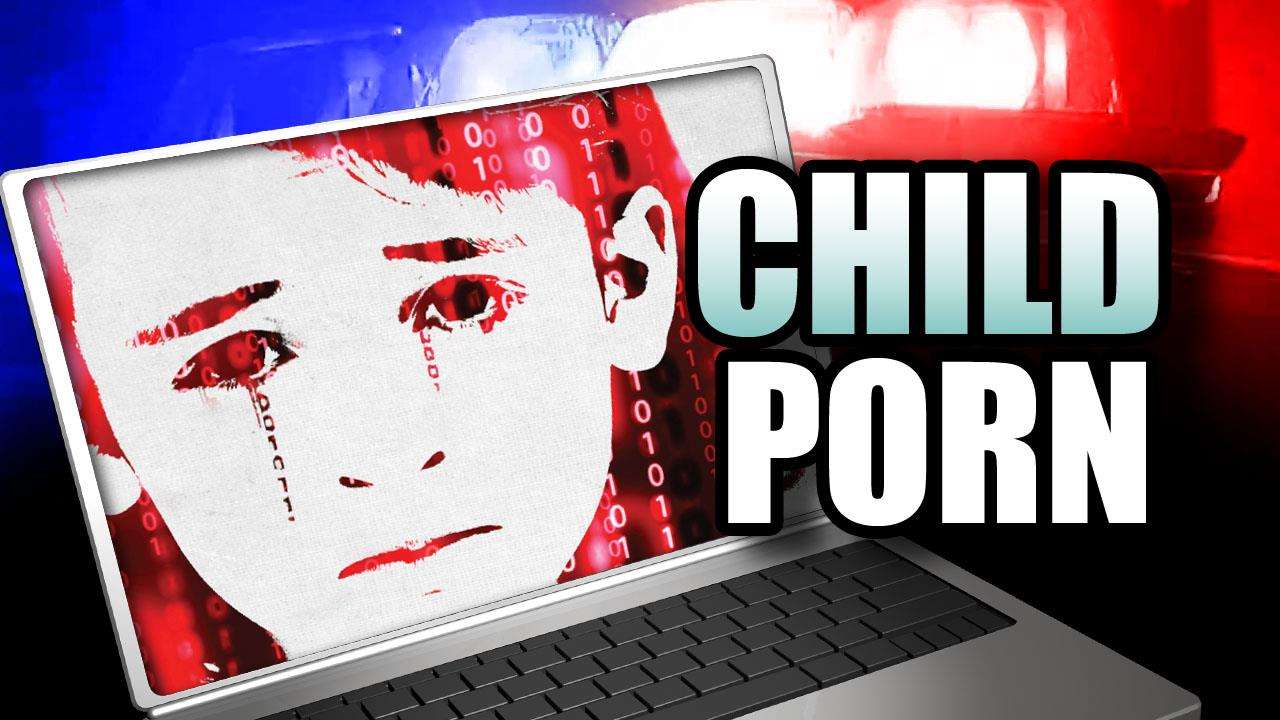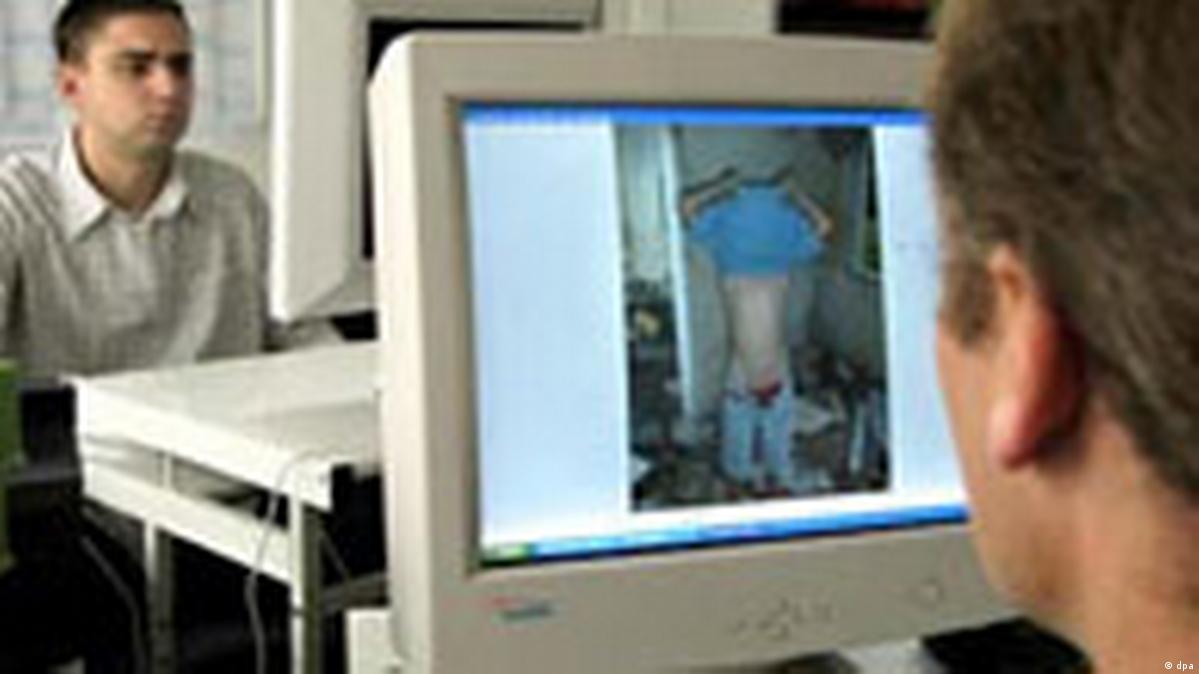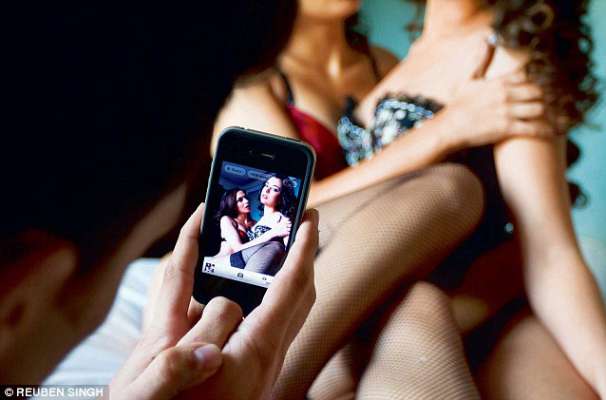08 Feb Child pornography : A serious crime
Source – The Hindu and PIB.
General Studies – National Crime Reporting Bureau (NCRB), Protection of Children from Sexual Offenses (POCSO) Act, 2012, Child Sexual Abuse Material (CSAM), Juvenile Justice (Care and Protection of Children) Amendment Act, 2021, Child abuse, child pornography.
Why in the News ?

- Recently Madras High Court in the judicial proceedings in the case S. Harish vs Inspector of Police were quashed and held that downloading child pornography was not an offense under Section 67B of the Information Technology (IT) Act, 2000.
- The Madras High Court clearly stated that viewing child pornography in itself was not an offense as the accused had merely downloaded it on his electronic gadget and viewed it in private.
- The Madras High Court also referred to a judgment given by the Kerala High Court where it had held that viewing pornography in a private place does not constitute an offense under Section 292 of the Indian Penal Code (IPC).
- The case pertains to the quashing of a criminal case registered by the Aluva police in 2016 against a youth because he was found watching pornographic material on his mobile phone on the roadside at night.
- The Madras High Court has held that children watching pornographic material in private is not an offense under the Information Technology Act, 2000 and the Protection of Children from Sexual Offenses Act, 2012.
Pornography :
- Pornography is called porn in short. In this, such videos, magazines, books or other materials which contain sexual content and which increase the feeling of sex in a person’s mind, are called pornography. Porn videos are also called ‘blue films‘ in common parlance. People who hesitate to call porn or blue films, call them ‘such and such’ films.
- Pornography is an art in which nude pictures or obscene videos of people are shown. These pictures or videos are often made showing sex or sexual activities. This type of art is mostly widely present on the Internet.
Child pornography :

- Child pornography is a crime that involves sexual solicitation of a child under the age of 18 or the production of pornographic material involving a minor, luring children into online sexual relations, and then having sex with them or with children. Recording sexual activities, creating MMS, sending it to others etc. are also included in this.
Background of the decision of Madras High Court :
- Ernakulam Additional Deputy Commissioner of Police received a letter that the petitioner (Harish) had downloaded child pornographic material on his mobile phone. The case does not mention the date when the petitioner downloaded the obscene material.
- On receipt of the letter, a First Information Report for the offense under Section 67B of the IT Act, 2000 and Section 14(1) of the POCSO Act was registered by the Aluva Police on January 29, 2020.
- During the investigation, the petitioner’s phone was sent to the Forensic Science Department. In this, two files containing obscene material related to children were identified. In those two videos, it was found that two minor boys were involved in sexual activity with a girl or an adult woman.
- The POCSO Act defines a child as a person who is under the age of eighteen years.
- Following the conclusion of the investigation and based on the final police report, a district court took suo motu cognizance of these offenses under Section 67B of the IT Act and Section 14(1) of the POCSO Act.
- Against this, the petitioner filed a petition for quashing of the proceedings under Section 482 of the Code of Criminal Procedure.
- On January 4, 2024, the petitioner appeared before the court. When the matter was raised again, the petitioner admitted before the court that he had the habit of watching pornography. But he had never tried to publish or disseminate any obscene material to others. The petitioner had only downloaded the obscene material and watched it in private and in privacy.
Implications of the decision of Madras High Court :
- On 11 January 2024, the Madras High Court examined the pornographic material available on the petitioner’s phone and found that only two videos could be identified as child pornography. The Madras High Court acknowledged that the videos were neither published nor circulated to others.
- On this basis, the Court held that the petitioner would be liable for the offense under Section 14(1) of the POCSO Act only if he had used a child for indecent purposes.
- Additionally, the Court said that watching child pornography videos does not ‘strictly’ fall within the ambit of Section 14(1) of POCSO. Since the petitioner has not used any child or children for obscene purposes, it can only be construed as moral turpitude on the part of the accused person. ,
- Further, the court held that to constitute an offense under Section 67B of the IT Act, 2000, the video material must be “published, transmitted, created material in which children are depicted in sexual act or conduct”. Viewing child pornography does not constitute an offense under Section 67B of the IT Act, 2000.”
- Additionally, the court held that – “Section 67B does not cover a case where a person has merely downloaded child pornography in his electronic gadget and has viewed the same without doing anything else. ,
- The Madras High Court gave its judgment in the light of the Kerala High Court’s judgment of September 5, 2023 that – “Viewing pornography in private without showing it to others is an offense under Section 292 of the Indian Penal Code (sale of obscene books, etc.) Not there.” ,
- Based on all these considerations, the Madras High Court held that the petitioner has not committed any offense under Section 67B of the IT Act, 2000 and Section 14(1) of the POCSO Act.
- The High Court has advised the petitioner to attend counseling if he still finds himself addicted to watching pornography. The High Court held that continuation of criminal proceedings against the petitioner would amount to an abuse of the process of court and hence all proceedings against the petitioner were quashed.
Status of child pornography in India :
- According to the National Crime Records Bureau (NCRB) 2021 report, there were 738 cases of child pornography in India in the year 2020, which increased to 969 in the year 2021. The increase in the number of child pornography cases every year indicates the alarming situation of online child sexual exploitation in India, which is extremely worrying and there is a strong need to control it.
Actual situation regarding pornography in India :
- There is a strict ban on making, selling, sharing, displaying etc. of porn in India. Despite this, India is the third most porn watching country in the world.
- According to the news in the year 2018, the rate of watching porn in India had increased by 75 percent between 2017 and 2018. A large number of people are watching it in small towns of India.
- In 2018, the Indian government had banned about 850 porn websites. This has been done before also. But it never had any significant impact because these websites create new domains and come to the Indian market.
- At present, users see them through various apps, through WhatsApp, through Telegram and through other social media.
Legal provisions related to pornography in India :

Child pornography is considered a crime in India and there are many laws on it.
- India has several provisions related to pornography in the Information Technology (IT) Act 2000, the Indian Penal Code (IPC) and the Protection of Children from Sexual Offenses (POCSO) Act 2012.
- Indian Penal Code 1860 : In India’s oldest penal code, child sexual abuse and child pornography are considered crimes.
- Sections 354, 354A, 354B, 354C and 376AB provide punishment for child sexual abuse and other crimes.
- Child Rights (Amendment) Act, 2019 : This Act is designed to protect the rights of all children in India. In this Act, there are laws for crimes like child sexual abuse, child pornography and child endangerment.
- Infant Labor (Prohibition) Act, 2016 : This Act is designed to free children from labour. This Act is against those who use children in crimes like child labour, child sexual abuse and child pornography.
Child pornography laws in India :

- The law on child pornography is regulated by the IT Act as well as the POCSO Act.
- Section 14 of the POCSO Act is invoked in cases where a child is enticed for obscene purposes.
- Section 15 of the POCSO Act is invoked in cases where child pornographic material is stored or placed in electronic devices for sharing or transmitting the material. The interpretation of section 15 shows that downloading child pornographic material is illegal as the law requires that the material be removed, destroyed or reported to the relevant authorities.
- If the content of the porn involves rape or physical abuse, then action will be taken under IT Act, Section 67A. Action will be taken against those broadcasting child porn under Section 67B of the IT Act. If someone makes a video of someone having sex or sexual activity, then it is a crime. In this, action is taken under Section 66E of the IT Act.
- Under Section 67A of the IT Act, depending on the seriousness of the offense, the punishment for the first offense is imprisonment up to 5 years and/or a fine up to Rs 10 lakh. On committing the same crime for the second time, the jail sentence increases to 7 years, but the fine remains only Rs 10 lakh.
- Sections 67A and 67B of the IT Act are non-bailable. In cases related to child pornography, action is also taken under POCSO law.
Conclusion / Solution :
- Downloading child pornography is a crime in India.
- The recent decision of the Madras High Court in the case of downloading child pornography should be appealed to the Supreme Court of India.
- In present times teenagers are facing new challenges from gadgets which are bombarding them with all kinds of information without any censorship including addiction to watching pornographic material. Therefore, there is a need for necessary and strict legal provisions to deal with this.
- Porn addiction, like other substances or ‘things’ that people can become addicted to, can be understood and addressed through the principles of ‘operant conditioning’.
- The increasing addiction to porn among teenagers is becoming a matter of concern due to the accessibility of sexually explicit material on the Internet. According to a study, today 09 out of 10 minor boys are exposed to obscene material in some form or the other. At the same time, six out of 10 girls come in contact with pornography.
- Currently in India, adolescent boys aged 12-17 years are at the highest risk of developing porn addiction. On average, a male is first exposed to pornography at age 12.
- Instead of punishing children for watching pornographic material in India, the society should be mature enough to give them proper advice, education and counseling to get rid of this addiction.
Practice Questions for Preliminary Exam :
Q.1. Consider the following statements regarding child pornography in India.
- Downloading child pornography is not a crime in India.
- Sections 67A and 67B of the IT Act are bailable. In India, no action is taken under the POCSO law in cases related to child pornography.
- The POCSO Act in India defines a child as a person who is sixteen years of age or under sixteen years of age.
- There is a strict ban on making, selling, sharing, displaying etc. of porn in India. Despite this, India is the third most porn watching country in the world.
Which of the above statement / statements is/are correct?
(A) Only 1 and 3
(B) Only 2 and 4
(C ) Only 3
(D) Only 4
Answer – (D)
Practice Questions for Main Exam :
Q.1. What do you understand about child pornography? Discuss how relevant are the laws made for prevention of child pornography in India in the current era of increasing spread of social media? Also present rational solutions to prevent child pornography.
Qualified Preliminary and Main Examination ( Written ) and Shortlisted for Personality Test (INTERVIEW) three times Of UPSC CIVIL SERVICES EXAMINATION in the year of 2017, 2018 and 2020. Shortlisted for Personality Test (INTERVIEW) of 64th and 67th BPSC CIVIL SERVICES.
M. A M. Phil and Ph. D From (SLL & CS) JAWAHARLAL NEHRU UNIVERSITY, NEW DELHI.




No Comments